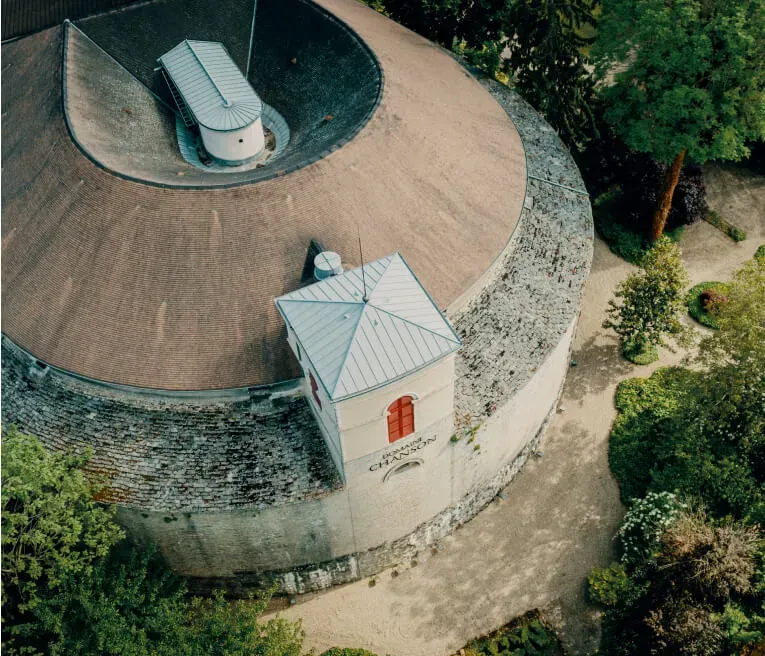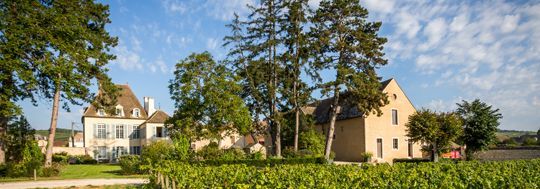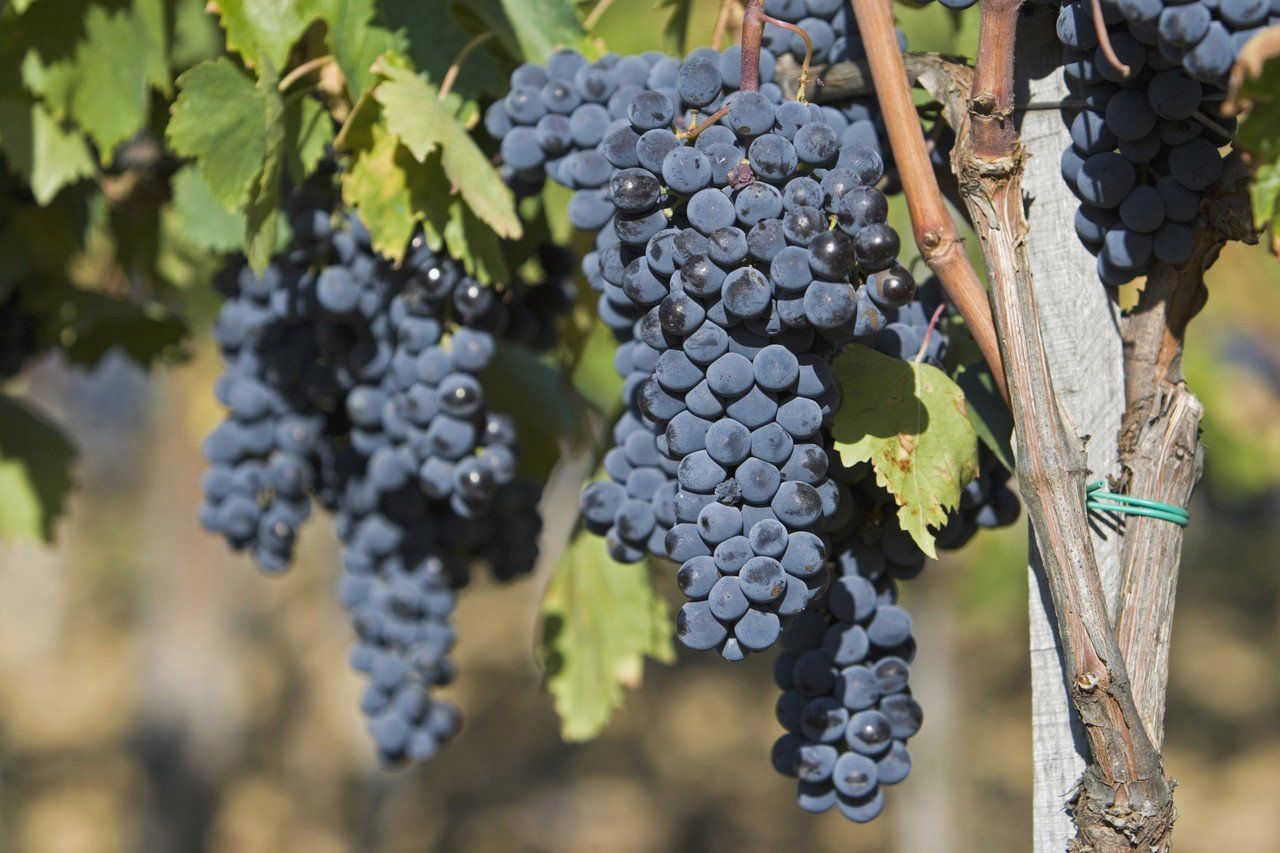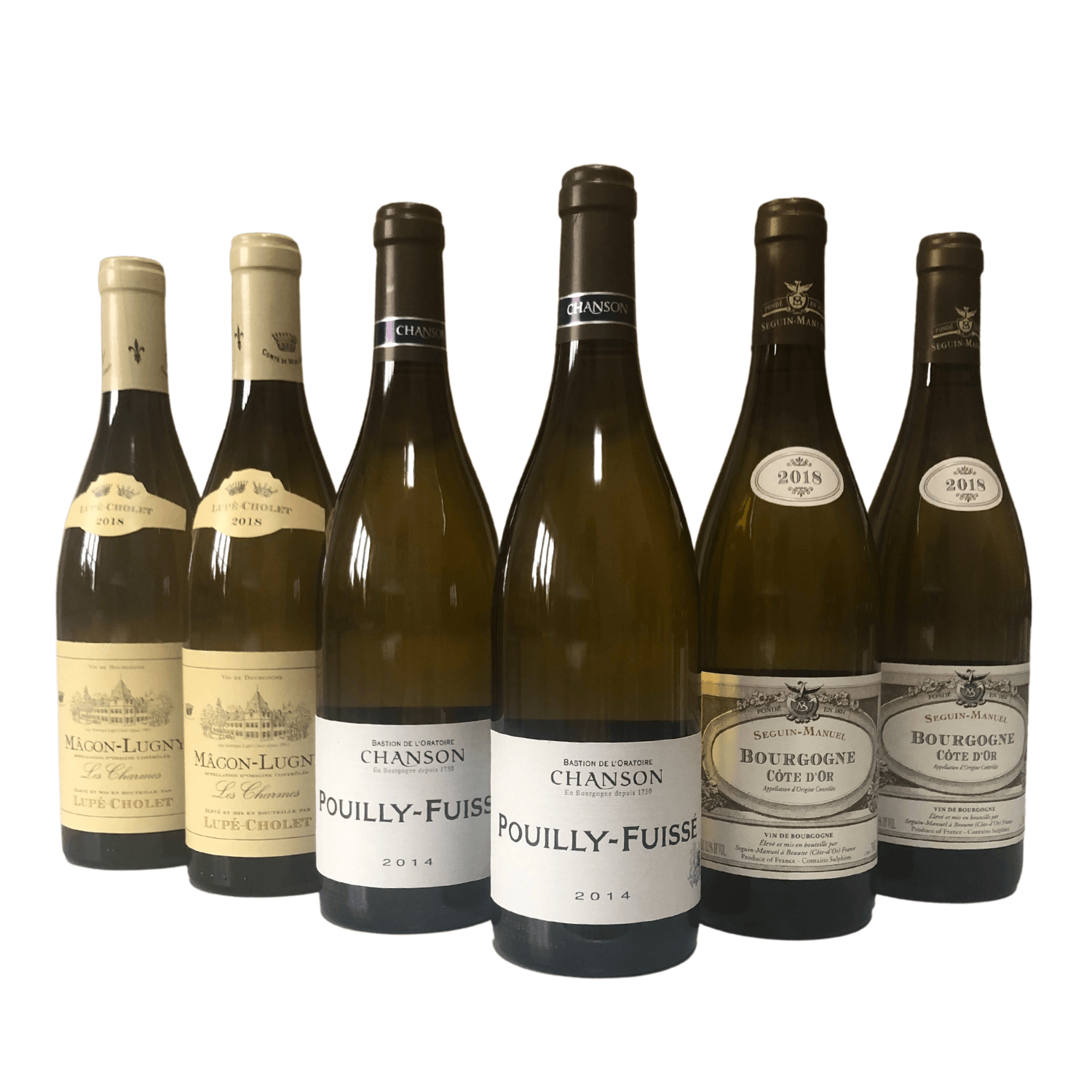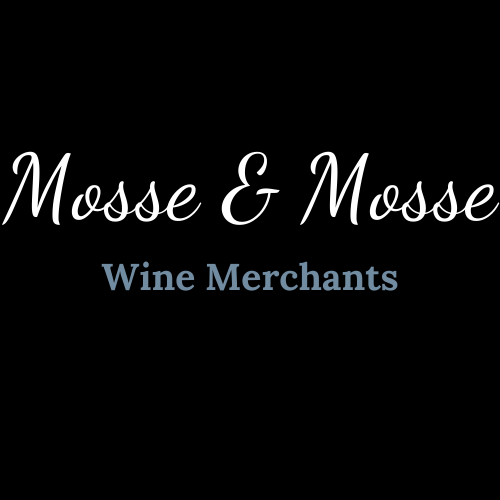Burgundy Wine Regions Map: Detailed Guide & Free Download
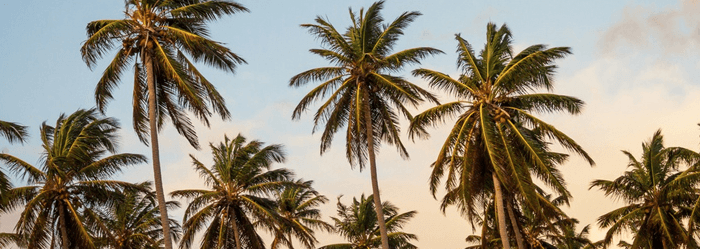
Burgundy Wine Regions Map: Detailed Guide & Free Download
Swipe, zoom and print – whichever way you prefer to explore Burgundy, the high-resolution map below is yours to keep, free of charge. Every sub-region from cool Chablis to sun-kissed Pouilly-Fuissé, every Grand Cru, Premier Cru, village and regional appellation is plotted with grid references so you can pinpoint a single climat at a glance.
Why fuss about cartography? Because in Burgundy geography is quality. More than 1,200 named plots share the same two grapes; soil depth, slope and latitude make the difference between a weekday Bourgogne Rouge and a once-in-a-lifetime Romanée-Conti. Having the contours in front of you turns label jargon into a practical buying or travel tool. From homework for your next dinner to plotting cycling routes between cellar doors, the map becomes your personal sommelier on paper.
After you grab the downloadable PDF we’ll show you how to print it without losing detail, walk you through each sub-region, decode the four-tier classification, practise matching bottles to vineyards, and round off with trip-planning tips and rapid-fire FAQs. Ready to navigate Burgundy like a local? Scroll on.
Understanding Burgundy at a Glance
Think of Burgundy as a 250-kilometre ribbon of vineyards running almost straight south from the medieval town of Auxerre to the hills around Cluny. The same limestone spine underpins the whole route, yet a few centimetres of extra clay, a subtle tilt of the slope or a cooler dawn breeze can flip the style of the wine entirely. Before we zoom into individual coordinates on the burgundy wine regions map, it helps to grasp the three big forces that knit the patchwork together: geology, climate and grape variety.
Geological Backbone of Burgundy
Walk any vineyard row in Burgundy and you are rarely more than a spade-length away from limestone. Jurassic bedrock—Kimmeridgian in Chablis, moving to Bathonian and Portlandian further south—crumbles into varying mixes of marl and clay as the Côte d’Or escarpment snakes along the Saône plain. Tiny changes in that mix explain why neighbouring climats taste so different.
- Thin, stony topsoil on the mid-slope favours fine-grained tannins and piercing minerality (e.g. Clos des Lambrays).
- Deeper clay at the foot of the hill yields broader, darker fruit (think Pommard).
Add east or south-east exposure for gentle morning light plus drainage, and you have the classic recipe for a Grand Cru parcel; flip the aspect or flatten the slope and quality drops a rung.
Climate and Vintage Variation
Burgundy’s climate is broadly continental: hot but not scorching summers, crisp winters and an all-too-frequent risk of frost in April. Latitude provides the first temperature step; Chablis sits roughly 100 km north of Beaune and often ripens a week later. Moving down to the Mâconnais the mercury nudges higher, translating into riper fruit and softer acidity.
Vintage swings are part of the thrill—and the stress. A cool, wet year like 2021 produces taut, lighter-bodied wines, whereas 2022’s heat delivered generous texture and elevated alcohol. Climate change is shifting the baseline: harvest now commonly starts in late August, hail nets are appearing and growers experiment with higher canopy leaves for shade.
Grapes and Typical Wine Profiles
Pinot Noir and Chardonnay dominate, covering roughly 80 % of plantings, yet they behave like chameleons along the map grid.
- Pinot Noir: in the Côte de Nuits expect red cherry, violet and savoury earth; in the slightly warmer Côte de Beaune the fruit darkens towards plum and spice. Firm tannins plus fresh acidity mean many bottles age 10–20 years with grace.
- Chardonnay: steely citrus and oyster-shell notes define Chablis; travel south and flavours broaden to hazelnut, honey and, in the Mâconnais, touches of tropical fruit. Oak use rises in tandem with body.
Minor grapes add colour to the map: Aligoté pops up in Bouzeron, Gamay blends with Pinot for basic Bourgogne Rouge, and Sauvignon Blanc makes a rare cameo in St-Bris. Together they remind us that even in this traditional heartland, variety still has its place.
Interactive Burgundy Wine Regions Map
Below sits the interactive heart of this guide. Pinch-zoom on mobile, hover for vineyard names on desktop, or open the high-resolution PDF if you prefer a bird’s-eye printout—every option is sourced from the same GIS file used by professional cartographers, so nothing is lost in translation. The burgundy wine regions map is georeferenced down to individual Grand Cru boundaries and overlaid with roads, rail lines and village centres, making it equally handy for buyers, students and road-trippers.
How to Download, Print, and Share
1. Click the “Download PDF” button beneath the map.
2. Choose A3 for a wall poster or A4 for a glove-box copy.
3. In your printer dialogue tick “Actual size” and “Borderless”. This preserves the 1 : 75,000 scale bar.
4. For fold-and-go durability, print on 160 gsm matte, let the ink dry, then score light folds along the grid lines.
5. Digital sharing? The file is under a Creative Commons BY-NC-SA licence. Email it, add it to a study group, embed it in a presentation—just keep the Mosse & Mosse credit and don’t resell it.
Pro tip: Save the PDF to your phone’s files app and it becomes pinch-zoomable offline when mobile data is patchy among the vines.
Map Layers Explained
The legend (bottom right) decodes the colour-coding at a glance:
- Deep green: Chablis & Grand Auxerrois
- Burgundy red: Côte de Nuits
- Gold: Côte de Beaune
- Sky blue: Côte Chalonnaise
- Warm ochre: Mâconnais
Within each colour, vineyard status is flagged by icons:
- ⭐ Grand Cru (bold capital name, gold star)
- ▲ Premier Cru (triangle)
- ● Village AOC (solid dot)
- ○ Regional AOC (open circle)
Faint grey contour lines mark 50-metre altitude steps; heavier lines frame commune borders. Click or tap a parcel and a pop-up reveals:
`Appellation: Gevrey-Chambertin Climat: Clos St-Jacques (Premier Cru) Elevation: 282 m – 310 m Soil: Limestone/marl`
Using the Map for Trip Planning
The extra travel layer lets you plot tasting routes without juggling SatNav and guidebooks. Rail icons mark stations with direct Paris or Lyon links, while dashed red lines show driving times on the D974. Distances are measured centre-to-centre—handy when budgeting taxi fares.
Suggested one-day clusters:
| Base Town | Villages in range | Time travel* | Highlights |
|---|---|---|---|
| Dijon | Marsannay, Fixin, Gevrey-Chambertin | 10-25 min | Start of Route des Grands Crus, rose of Marsannay |
| Beaune | Pommard, Volnay, Meursault | 5-15 min | Hospice de Beaune, lunch in Volnay square |
| Chagny | Rully, Mercurey, Givry | 15-30 min | Cremant producers, Romanesque churches |
| Macon | Lugny, Vire-Clesse, Pouilly-Fuisse | 20-35 min | Hilltop walks, fuller-bodied Chardonnay |
*By car via main departmental roads; add 40 % for cycling.
Quick orientation tips:
- North is always at the top; the Saône River runs parallel to the Côte d’Or ridge, so if you hit water you’ve gone too far east.
- Grid references (e.g., “D6”) correspond to the alphanumeric border, letting you switch between the digital and printed versions without guesswork.
- Tap the knife-and-fork icon to reveal recommended bistro stops sourced from grower surveys.
Whether you’re plotting an academic essay or a lazy picnic among the vines, the map’s layered approach means you see exactly what you need—no clutter, no missing data, and no paid subscription in sight. Keep it open as you read on; the next section starts walking those colours and icons from north to south so you can turn pixels into palate memories.
The Five Major Burgundy Sub-Regions Decoded
Your map now looks like a colourful ladder running north–south. To turn those bands of green, red and gold into real wine knowledge, this section walks you down the ladder, highlighting what the grid letters mean in the glass. Each sub-region summary flags signature styles, must-see villages and quick orientation tips so you can flick between bottle, map and itinerary without breaking stride.
Chablis & Grand Auxerrois (north, Map grid A1-B3)
The outlier 150 km north-west of Beaune sits on Kimmeridgian limestone crammed with fossilised oysters. That geology makes the wines taste as if a squeeze of lemon met a shell-stone lick.
Key appellations
- Petit Chablis – uplifted Portlandian plateau, brisk and floral
- Chablis – the workhorse; look for “Vieilles Vignes” (old vines) on labels
- Chablis 1er Cru – 40 climats; Montée de Tonnerre and Vaillons top the billing
- Chablis Grand Cru – a single south-west slope split into seven names, headed by Les Clos
Grand Auxerrois satellites (Irancy, Saint-Bris, Vézelay) widen the palette with light Pinot Noir, rare Sauvignon Blanc and value Chardonnay.
Taste profile
Razor-sharp acidity, green apple and wet stone; steel tanks dominate, oak stays subtle. Age five years for a savoury, hazelnut edge.
Travel nuggets
Base yourself in the medieval town of Chablis, rent a bike along the Serein River, and visit the 12th-century Obédiencerie, once run by monks who wrote Europe’s first cellar records.
Côte de Nuits (Map B4-D6)
From Fixin down to Corgoloin, barely 20 km of slope deliver the world’s most coveted Pinot Noir. The escarpment faces east; mid-slope limestone, thin topsoil and morning sun combine for intensity without heaviness.
Headline villages & Grand Cru names
- Gevrey-Chambertin: Chambertin, Clos de Bèze, Ruchottes-Chambertin
- Morey-St-Denis: Clos de la Roche, Clos St-Denis
- Chambolle-Musigny: Musigny, Bonnes-Mares
- Vosne-Romanée: Romanée-Conti, La Tâche, Richebourg
- Flagey-Échezeaux: Grands-Échezeaux, Échezeaux
- Nuits-St-Georges: no Grand Cru but muscular Premiers like Les St-Georges
Style snapshot
Red cherry, rose petal and gamey undertones. Tannin is firmer and ageing curves longer (10–30 years) than anywhere else in Burgundy. Rosé Marsannay offers a crisp exception for summer sipping.
Budget insight
Village wines from Fixin or Marsannay deliver the same stony backbone at a third of the price of their superstar neighbours.
Côte de Beaune (Map D6-F9)
The moment the ridge crosses the Combe de Lavaux valley, dominance flips from red to white. From Aloxe-Corton to Santenay, slope orientation subtly changes, lending shaded pockets for reds and sun-bathed upper slopes for world-class Chardonnay.
Flagship terroirs
- Corton & Corton-Charlemagne – dual red/white Grand Cru on the hill of Corton
- Meursault – nutty, fleshy whites; no Grand Cru but mighty Premiers (Perrières)
- Puligny-Montrachet & Chassagne-Montrachet – split the Montrachet Grand Cru cluster (Le Montrachet, Bâtard-, Chevalier-, Bienvenues-, Criots-)
- Pommard & Volnay – structured vs. silky reds, only a kilometre apart
Taste markers
White wines: citrus curd, toasted hazelnut, fine-grained oak. Reds: brighter acidity than Côte de Nuits, with savoury spice.
Slope hack
Stand at the top of Les Perrières: north-east face explains the racy edge; rotate south toward Santenay and notice warmer, broader shoulders.
Côte Chalonnaise (Map F9-H11)
Often skipped by tour buses, this 35-km stretch is where savvy buyers discover everyday Burgundy without the Côte d’Or tariff.
Main appellations
- Rully – creamy Chardonnay, flourishing Crémant de Bourgogne production
- Mercurey – largest acreage, cherry-driven Pinot with solid tannin
- Givry – King Henry IV’s reputed favourite; floral reds, pocket-size estates
- Montagny – 100 % Chardonnay, mineral and peachy
- Bouzeron – sole AOC for Aligoté Doré, zippy white with salted-almond finish
Value proposition
Premier Cru vineyards here can rival Côte de Beaune village pricing. Look for Mercurey 1er Cru “Clos des Myglands” or Rully 1er Cru “Rabourcé”.
Tourism note
Chagny provides rail access, market stalls every Sunday and Michelin-starred bistros. Cycling lanes weave through sunflower fields—ideal for picnics.
Mâconnais (Map H11-J14)
The southern gateway mimics Beaujolais hills while clinging to Chardonnay dominance. Warmer temperatures, granitic intrusions and broader valleys yield richer, fruit-forward wines.
Key appellations
- Mâcon-Villages – umbrella label from 26 communes
- Viré-Clessé – lime blossom, honeyed palate
- Pouilly-Fuissé, Pouilly-Loché, Pouilly-Vinzelles – limestone amphitheatres under the dramatic Roche de Solutré
- Saint-Véran – crisp, stone-fruit style, excellent with local goat’s cheese
Premier Cru upgrade
Twenty-two climats in Pouilly-Fuissé were elevated to Premier Cru status in 2020—the first outside the Côte d’Or. Spot names such as Les Ménétrières or Les Crays on your map (grid I13) for cellar-worthiness.
Flavour profile
Riper peach, pineapple hints, balanced by saline freshness if the vineyard sits on pure limestone. Oak often presents as vanilla-bean rather than toast.
Visiting tips
Mâcon town is a rail hub with riverfront cafés. From there, a 25-minute drive loops through Solutré-Pouilly, where a short hike to the rock summit rewards you with a panoramic view of half the burgundy wine regions map.
-------------------------------------------------------------------------------------------------------------------------------------------------------------------
With these five stripes decoded, you can now match any label or tasting note to a precise spot on the map and predict—within reason—how the wine might behave. Keep the coordinates handy; the next chapter dives into how Burgundy’s strict classification hierarchy organises these places from regional to Grand Cru.
Appellations & Classification Hierarchy Demystified
If Burgundy is a chessboard of vineyards, the four-tier classification is the rule-book that tells each square how it may move. Once you know which rung an appellation occupies—Grand Cru, Premier Cru, Village or Regional—you can make an educated guess about price, ageing potential and label layout before you even pop the cork. Keep the burgundy wine regions map open while reading; each tier is colour-coded or icon-tagged so you can see hierarchy and geography in one glance.
Grand Cru: The Pinnacle
Barely one per cent of Burgundy’s output but the source of most legends. Thirty-three climats wear the crown, 32 in the Côte d’Or plus Chablis Grand Cru up north. On the map they appear in bold capitals with the ⭐ symbol; village names are omitted on the label—“CLOS DE VOUGEOT 2019” is sufficient because the vineyard itself holds AOC status.
Key facts
- Single-vineyard AOCs, often walled or historically delimited.
- Stricter yield limits (around `35–40 hl/ha`) and higher minimum ripeness.
- Ageing: top bottles easily reward 20–40 years.
Typical labelling example:
`CLOS DE LA ROCHE
Appellation Clos de la Roche Grand Cru Contrôlée`
Expect price tags that start in three figures, yet bargains exist: Corton and Chablis Grand Cru offer relative value compared with Musigny or Romanée-Conti.
Premier Cru: Stepping Stone to Greatness
Roughly ten per cent of production and the sweet spot for collectors who like nuance without ruinous cost. Premiers show on the map as ▲ triangles and on the label must include the village name plus either a climat or the blanket term “Premier Cru”.
Labelling options
- One specific vineyard:
`VOLNAY 1ER CRU “CHAMPANS”`
2.Blend of several Premier climats:
`NUITS-SAINT-GEORGES PREMIER CRU`
Insider tip: Premier sites such as Les Suchots (Vosne-Romanée) or Montée de Tonnerre (Chablis) can rival Grand Cru depth in warmer vintages.
Village and Communal Appellations
Forty-plus villages—from Aloxe-Corton to Santenay—carry their own AOC, marked by ● dots on the map. Wines may come from any eligible vineyard within the commune that is not classified higher.
Style expectations
- Pinot Noir: more fruit-forward, lighter structure; drink 3–10 years.
- Chardonnay: expressive but less layered oak and mineral complexity than Premiers.
Why some villages lack Premier Cru
Smaller communes such as Pernand-Vergelesses or Saint-Romain have never applied for promotion; quality can nevertheless surprise, giving savvy shoppers weekday Burgundy at weekend quality.
Regional (Bourgogne) & Other Overlays
At the base of the pyramid sit the flexible AOCs, shown as ○ open circles or shaded blocks that sprawl across multiple communes.
Most common labels
- Bourgogne Rouge / Blanc – fruit from anywhere in Burgundy.
- Bourgogne Côte d’Or – introduced 2017; tightens sourcing to Côte de Beaune & Côte de Nuits.
- Bourgogne Hautes-Côtes de Nuits / Beaune – higher-altitude slopes west of the escarpment.
- Bourgogne Aligoté, Crémant de Bourgogne, Coteaux Bourguignons – varietal or style driven rather than place specific.
These wines are ideal for everyday drinking and offer a low-risk introduction to producers before splashing out on their crus.
The Concept of “Climat” and Why It Matters
A climat is a precisely mapped parcel—sometimes a single row of vines—that has held the same name and boundaries for centuries. In 2015 UNESCO designated the “Climats of Burgundy” a World Heritage site, recognising this micro-terroir culture as unique. On your burgundy wine regions map every Premier and Grand Cru is a climat, but so are many village plots such as Les Narvaux (Meursault) or Les Saumonts (Fixin).
Why you should care:
- Predictability: Once you love the smoky edge of Les Vergelesses you can chase it vintage after vintage.
- Transparency: Reading “Gevrey-Chambertin 1er Cru ‘Clos St-Jacques’” instantly telegraphs position (mid-slope), soil (limestone/marl) and relative prestige (top Premier Cru).
- Collectability: Cellar notes tied to climats help track ageing curves and identify smart buys when neighbouring wines skyrocket in price.
In short, the classification hierarchy answers “how good?” while the climat tells you “why”. Match both to the coordinates on the map and Burgundy’s maze starts to feel like a well-labelled library of flavours.
Reading a Burgundy Wine Label Using the Map
A Burgundy label can feel like code—French place-names, cryptic cru mentions and little else. Pair that bottle with the map you’ve just downloaded and the code cracks itself. The label tells you where the grapes were grown; the burgundy wine regions map shows exactly what that location means in terms of soil, slope and status. One glance at both and you know how ambitious the wine is, how long to cellar it and roughly what it should cost.
Identifying Producer vs. Appellation
First, separate who made the wine from where it comes from.
- Producer (or négociant) sits at the top: “Domaine Armand Rousseau”, “Maison Louis Jadot”.
- The appellation—your geographical anchor—takes centre stage in larger type: “Gevrey-Chambertin”, “Meursault 1er Cru Les Charmes”.
Everything else is decoration: estate logos, medals, even poetic cuvée names. If you’re unsure whether a bold word is place or brand, find it on the map grid. If it’s missing, it’s probably marketing fluff rather than terroir.
Vintage, Classification & Bottling Clues
Below the appellation you’ll see the vintage, then the classification keywords:
- Grand Cru: always follows the vineyard name, never the village.
- Premier Cru or 1er Cru: appears after the village name, sometimes with an optional climat in quotes.
- No cru term? You’re in village or regional territory.
Back labels add extra intelligence: estate bottling (“Mis en bouteille au domaine”) hints at tighter control, while ABV can confirm ripeness for the year—14 % in a classic 12.5 % village might signal a hot vintage like 2022.
Matching Label to Vineyard on the Map
Put it all together with a quick three-step drill:
- Circle the key place words on the label. Example: “Gevrey-Chambertin 1er Cru ‘Lavaux St-Jacques’ 2020”.
- Open the map, locate the Gevrey grid (C5). Find the ▲ icon for Lavaux St-Jacques on the mid-slope just west of the D974.
- Note the overlay: Premier Cru elevation 280–310 m, limestone/marl soil. Expect a structured Pinot with mineral lift and a decade of ageing potential.
Do the same for “Bourgogne Côte d’Or” and you’ll see the wide catchment shading—an instant cue that this bottle is an everyday drinker, not a cellar trophy. By cross-referencing every new purchase with the map you’ll build a mental catalogue of climats, spot bargains and avoid labels that over-promise. Soon enough you’ll read Burgundy like locals do: one vineyard, one flavour memory at a time.
Planning Your Burgundy Wine Route
A printed copy folded into the glove box and the interactive version bookmarked on your phone—those two instances of our burgundy wine regions map are all you need to turn theory into kilometres. The distances between famous villages are short, but the options for detours, lunches and photo stops are endless. The following pointers distil years of road-testing into a ready-made framework; tweak it to your pace, palate and budget.
Must-Visit Villages and Sights
- Dijon – Gateway to the Côte d’Or and home to the Cité Internationale de la Gastronomie et du Vin. Spend a morning tasting regional cheeses before catching the TER train south.
- Beaune – Medieval ramparts, Hospices de Beaune’s polychrome roof and labyrinthine négociant cellars. Grab a glass in Place Carnot at sunset.
- Gevrey-Chambertin – Stroll the Route des Grands Crus on foot; panels explain each climat as you pass.
- Vosne-Romanée – No public tastings at Romanée-Conti, but the modest stone cross above the vineyard is a pilgrimage selfie.
- Meursault – White-wine heartland; pop into the 12th-century church, then tour cellars lining Rue de Martray.
- Rully & Mercurey – For sparkling Crémant and under-the-radar reds, both villages offer walk-in tasting rooms.
- Solutré-Pouilly – Hike the Roche de Solutré for a panoramic view of Pouilly-Fuissé’s new Premier Cru patchwork.
Best Times to Visit & Key Events
- Spring (April–May): Budburst, pastel landscapes, quieter roads. Risk of April frost means some vineyards use vineyard heaters—quite a sight pre-dawn.
- Summer (June–August): Lavender and sunflower fields frame vineyard photos; book tastings and accommodation well ahead.
- Harvest (late August–September in recent warm years): Buzzing energy, but many domaines close to visitors; look for open-door cooperatives instead.
- Autumn events:
- Hospices de Beaune Wine Auction (3rd weekend of November) – charity barrel sale, street food and giant tastings.
- Paulée de Meursault (Monday after the auction) – ticketed lunch where growers pour older bottles freely.
- Winter (December–February): Snow-dusted vines, truffle menus, and easier reservations; pack layers.
Booking Tastings: Etiquette and Tips
1. E-mail or phone at least a week ahead; small domaines run on family labour.
2. Mention how many bottles you’re likely to buy—common courtesy and sometimes a prerequisite.
3. Arrive on time; parking is usually a tight courtyard.
4. Dress smart-casual and avoid heavy perfume that masks aromas.
5. Typical fee: €10–€25, waived with purchase. Cash is still preferred in many cellars.
6. Speak a little French—“Bonjour, nous avons rendez-vous à dix heures” goes a long way.
7. Shipping: Most producers can organise UK delivery starting around €18 per 6-pack; ask about consolidated groupage to reduce costs.
8. If you’re driving, note French drink-drive limits (`0.5 g/l`). Spit the samples or share duties.
With these logistics sorted, the road from Dijon to Cluny becomes a relaxed rolling picnic rather than a frantic box-ticking dash. Keep the map within reach, keep your schedule flexible, and Burgundy will reward curiosity at every bend.
Frequently Asked Questions About Burgundy Maps & Regions
Below are quick, plain-spoken answers to the queries we hear most often when customers download the burgundy wine regions map or plan a trip south of Dijon. Keep the map to hand; each reply points you to a grid square so you can see the facts in living colour.
What wine regions are in Burgundy?
Burgundy is split into five official vineyard belts, running north to south:
- Chablis & Grand Auxerrois (A1–B3)
- Côte de Nuits (B4–D6)
- Côte de Beaune (D6–F9)
- Côte Chalonnaise (F9–H11)
- Mâconnais (H11–J14)
Each band carries its own mix of Grand Cru, Premier Cru, village and regional sites, all colour-coded on the map.
What is the Burgundy Wine Route?
The Route des Grands Crus is a signed 60 km drive from Dijon (B4) to Santenay (F9). It threads through 33 villages, skirting legendary climats such as Clos de Vougeot, Le Montrachet and Corton-Charlemagne. Allow a full day by car—or two by bicycle—with plenty of pauses for tastings and photo stops.
Is Châteauneuf-du-Pape a Burgundy wine?
No. Châteauneuf-du-Pape sits in the southern Rhône Valley, over 200 km south of the Mâconnais. Its sun-drenched Grenache blends have nothing to do with Burgundy’s Pinot Noir and Chardonnay, so you won’t find it plotted anywhere on this map.
Where can I buy or download detailed vineyard maps?
You can download a high-resolution, printable PDF of our map free of charge via the button above. For deeper study, the Bureau Interprofessionnel des Vins de Bourgogne sells an official atlas, and specialist bookshops stock laminated vineyard posters. Always check usage rights if you plan to publish or resell copies.
One Last Pour
A good map is more than ink on paper; it’s your decoder ring for one of the most intricate wine landscapes on earth. With the burgundy wine regions map saved to your phone or pinned above your desk, you can translate any label, gauge fair prices and plan vineyard detours with the confidence of someone who’s already walked the rows. Consider it a long-term investment: vintages will change, but the terroir coordinates stay the same.
If today’s virtual tour has whetted your appetite, browse our hand-picked bottles from Chablis to Pouilly-Fuissé—each sourced with the same attention to site that shaped this guide. Head over to [Mosse & Mosse](https://www.mosseandmosse.co.uk/Burgundy) to explore the current lineup and drop your email in the newsletter box for fresh map-based tips, early offers and the occasional insider secret. Until then, santé and safe travels.
